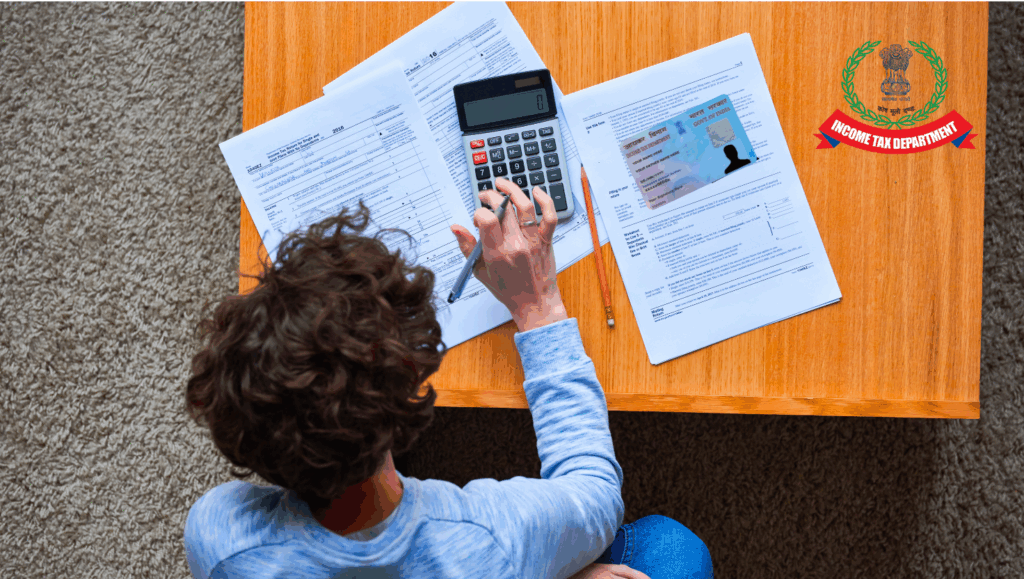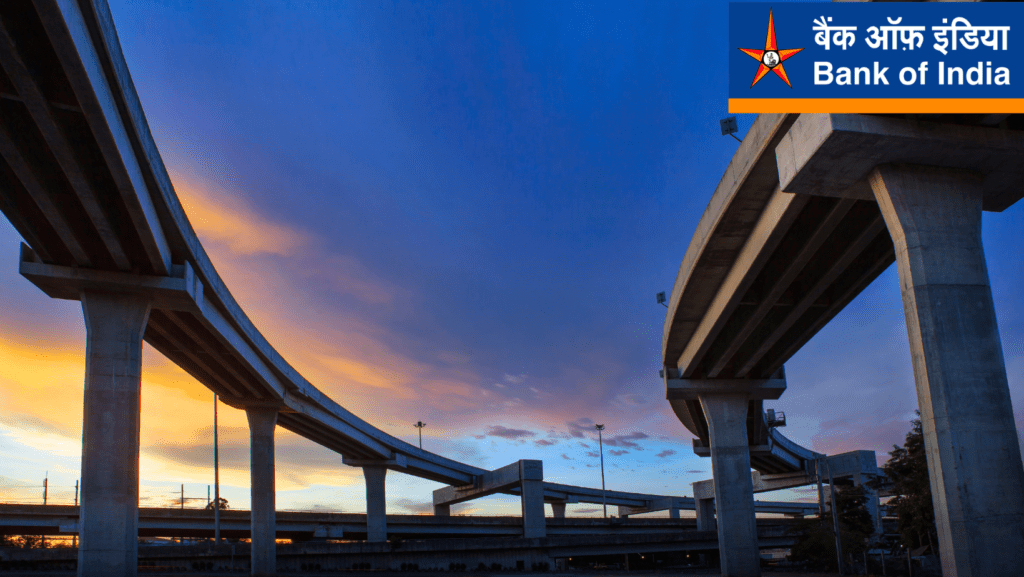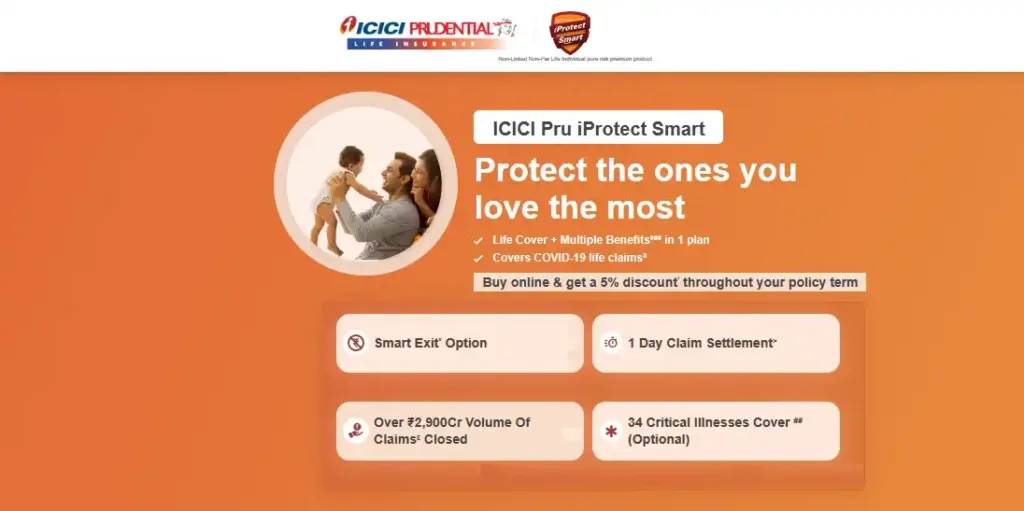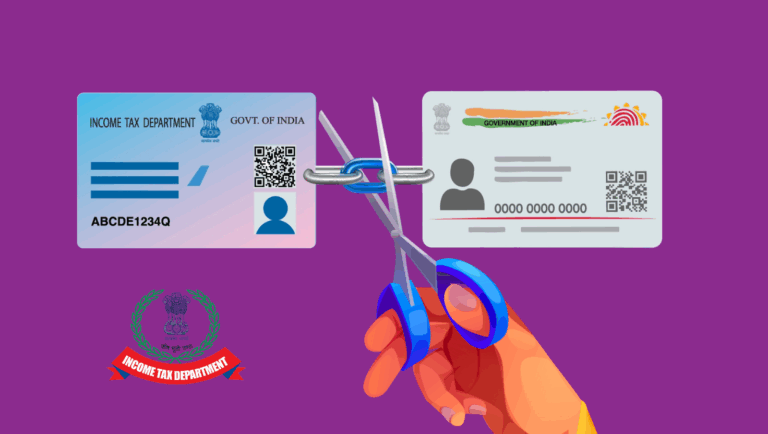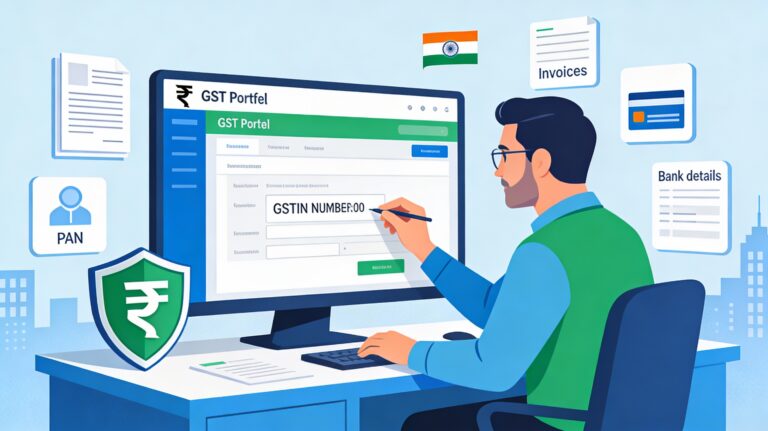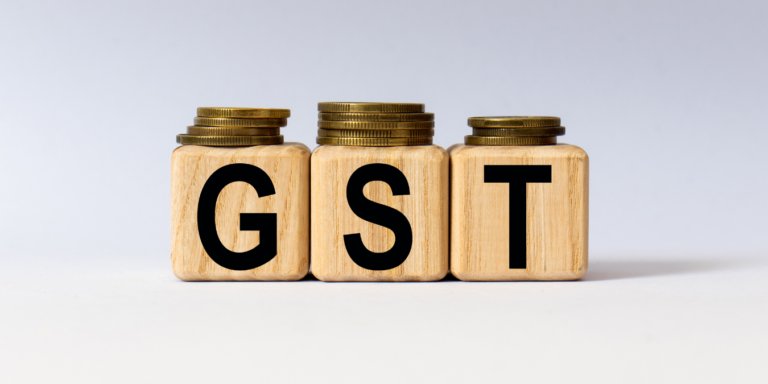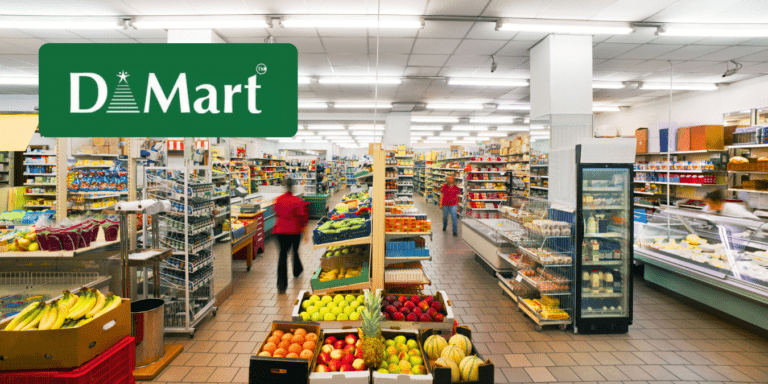
India’s GST 2.0, effective September 22, 2025, slashes taxes on milk, medicines, and cars to 0%-18%, saving households ₹10,000 yearly. But brace for a 40% hike on cigarettes and luxury SUVs! Approved September 3, this reform simplifies slabs, boosts MSMEs, and fuels 7.5% GDP growth. Will companies pass on savings, or pocket profits?
India’s indirect tax landscape will witness a watershed moment from September 22, 2025, as the GST Council has approved sweeping reforms to the Goods and Services Tax (GST) structure—marking the arrival of what’s now called GST 2.0. This overhaul brings clarity, simplification, and significant relief for consumers while retaining strict taxation on luxury and sin goods. Here’s a comprehensive guide to what’s changing, what gets cheaper, what becomes costlier, and what it means for households and businesses across India.
The Evolution of GST
The journey of GST, from its introduction in 2017 to the present, has been about balancing revenue needs and consumer welfare. With GST 2.0, the government signals its intent to make the tax regime both people-friendly and growth-oriented, reducing tax slabs and rationalising rates, all while plugging revenue leaks and ensuring compliance. This blog dives deep into the new rates, highlighting key winners and losers and the impact from an Indian perspective.
New GST 2.0 Structure: What Has Changed?
A Simpler, Two-Slab System
The biggest highlight of GST 2.0 is the consolidation of multiple tax slabs into:
- 5% and 18% as standard GST rates
- 0% on select essential goods
- 40% slab for sin and luxury goods
Earlier, goods and services were dispersed between 0%, 5%, 12%, 18%, and 28%. Now, with the abolition of the 12% and 28% slabs, the system becomes much simpler for everyone—manufacturers, traders, and consumers alike.
Why This Matters for India
- Fewer Disputes: Businesses like a Kolkata-based textile trader can avoid arguments over whether a fabric falls under 5% or 12%. This could cut litigation by 30%, as per a 2025 PwC report on tax reforms.
- Easier Compliance: Digital tools like the GSTN portal will handle simpler filings. For a startup in Bengaluru, this translates to less time on paperwork and more on innovation.
- Consumer Clarity: Picture a homemaker in Chennai scanning a bill—transparent rates foster trust, potentially boosting consumption by 2-3% in FY26, according to CRISIL forecasts.
These changes aren’t isolated; they’re part of a broader push for economic resilience post the 2020-2023 pandemic recovery, where GST collections hit ₹20 lakh crore in FY25.
What Gets Cheaper from September 22?
The GST 2.0 reform, approved by the GST Council on September 3, 2025, introduces significant tax reductions on essential goods, effective September 22, 2025. This table provides a detailed breakdown of categories benefiting from lower GST rates, including previous and new tax rates, status, and the expected impact on Indian households, businesses, and the economy. Backed by the freshest 2025 data, the table highlights how these changes align with India’s goals of affordability, sustainability, and growth in a 5.1% inflation environment.
Daily Essentials
- Milk and Milk Products: UHT milk, paneer, and Indian breads such as parathas are now fully exempt (from 5% to 0%).
- Other Dairy: Butter, ghee, and cheese have moved to the 5% slab from 12%, significantly lowering prices.
- Personal Care: Hair oil, toilet soap, shampoos, toothbrushes, shaving cream, and toothpaste all slide from 18% to 5%, easing the cost of everyday hygiene.
Packaged and Staple Foods
- Namkeen, Bhujia, Sauces, Pasta, Cornflakes, Toffees, and Candies: Taxes drop to 5%.
- Vegetable Oils & Spreads: Margarine, spreads, animal/vegetable oils now at 5%.
Baby and Healthcare Items
- Feeding Bottles, Clinical Diapers, Napkins for Babies: Down to 5% (from 12%).
- 33 Life-saving Medicines: GST abolished, making critical healthcare more affordable.
- Diagnostic Tools: Thermometers, glucometers, test strips, and medical oxygen now in the 5% or nil bracket.
- Spectacles and goggles: Down to 5% from 28%, slashing vision correction costs.
Household and Consumer Durables
- Utensils, Sewing Machines, Tableware: Dropped to 5%.
- Air Conditioners, Large TVs, Dishwashers: Reduced to 18% (from 28%).
Automobiles
- Small Cars & Bikes (<350cc): 18% GST now, down from 28%.
- Three-Wheelers, Passenger Cars (Petrol <1200cc, Diesel <1500cc): Now at 18%.
- Auto Parts: Unified to 18%.
- Buses, Trucks, Ambulances: Down to 18% (from 28%).
Construction and Housing
- Cement: Falls to 18% (from 28%), expected to make housing and infrastructure projects markedly more affordable.
Educational and Office Supplies
- Maps, Charts, Globes, Notebooks, Crayons, Sharpeners, Erasers: Moved to 0% slab from 12%—a big step in supporting education.
Renewable Energy and Agriculture
- Renewable Energy Devices, Drip Irrigation Systems, Bio-Pesticides, Agricultural Machinery: All fall under the 5% GST bracket, supporting India’s push for sustainable and self-reliant agriculture.
Goods That Get Cheaper Under GST 2.0 (Summery table)
| Category | Previous GST | New GST Rate | Status | Impact and Insights |
| UHT Milk, Paneer | 5% | 0% | Cheaper | Impact: Tax exemption on UHT milk and paneer reduces costs for households by 5-10%, saving a family of four approximately ₹100-200 monthly (based on 20 liters of milk consumption). Insights: Dairy farmers in states like Punjab and Gujarat may see a demand surge, boosting India’s ₹8.5 lakh crore dairy industry (2025 APEDA data). Supports rural economies and aligns with nutritional security goals. |
| Butter, Ghee, Cheese | 12% | 5% | Cheaper | Impact: Price drops of 5-7% make these staples more affordable, potentially saving ₹50-100 monthly for urban households.. Insights: Encourages consumption in middle-class homes, with FMCG companies like Amul projecting a 10% sales rise. Strengthens India’s dairy sector, contributing 4% to GDP. |
| Hair Oil, Soaps, Toothpaste | 18% | 5% | Cheaper | Impact: Personal care items see a 13% tax cut, translating to ₹200-300 annual savings per household. Insights: Benefits rural areas with limited hygiene access, supporting Swachh Bharat. Companies like HUL anticipate a 15% volume growth in 2025, per industry reports. |
| Life-saving Medicines | 12% | 0% | Cheaper | Impact: Thirty-three critical drugs, including anti-cancer and diabetes medications, become tax-free, reducing out-of-pocket expenses (65% of India’s health costs, per 2025 NFHS-5). Insights: Enhances affordability for 150 million chronic patients, aligning with Ayushman Bharat’s health equity goals. |
| Air Conditioners, TVs | 28% | 18% | Cheaper | Impact: 10% tax reduction lowers prices by 8-10%, saving ₹5,000-10,000 on a ₹50,000 AC. Insights: Boosts consumer durable sales in heatwave-prone regions like Rajasthan, with a projected 15% market growth (CII 2025 report). Supports urban middle-class lifestyles. |
| Small Cars/Bikes (<350cc) | 28% | 18% | Cheaper | Impact: Price cuts of ₹10,000-20,000 on small vehicles enhance affordability for first-time buyers. Insights: Spurs auto sales in hubs like Chennai, with a 12% growth forecast (SIAM 2025). Aligns with cleaner mobility, reducing emissions in urban India. |
| Cement | 28% | 18% | Cheaper | Impact: 10% tax cut reduces construction costs by 5-7%, aiding affordable housing projects. Insights: Supports PM Awas Yojana, addressing India’s 47 million housing shortage (NITI Aayog 2025). Cement firms like UltraTech expect a 10% demand rise. |
| Baby Care Items | 12% | 5% | Cheaper | Impact: Feeding bottles, diapers, and napkins see a 7% tax reduction, easing parenting costs by ₹500-1,000 yearly. Insights: Benefits young families, with India’s baby care market projected to grow 8% in 2025 (Euromonitor). Promotes child health initiatives. |
| Renewable Energy Devices | 12% | 5% | Cheaper | Impact: Solar panels, wind turbines, and bio-energy devices drop 7%, encouraging adoption. Insights: Aligns with India’s net-zero 2070 target, boosting renewable capacity (28% of energy mix, 2025 MNRE data). Farmers in Maharashtra gain from cheaper solar pumps. |
| Education Supplies | 12% | 0% | Cheaper | Impact: Notebooks, maps, and crayons become tax-free, saving ₹200-500 annually per student. Insights: Empowers education in underserved areas like Jharkhand, reducing dropout rates (15% in 2025, UNESCO). Supports Digital India’s learning push. |
| Auto Parts | 28%/12% | 18% | Cheaper | Impact: Unified 18% rate simplifies pricing, reducing costs by 5-10% for repairs. Insights: Benefits MSMEs in auto ancillary hubs like Pune, with a projected ₹50,000 crore market boost (ACMA 2025). Enhances vehicle affordability and maintenance. |
What Becomes Costlier from September 22?
Sin and Luxury Goods
- Sin Goods (Pan Masala, Cigarettes, Gutkha, Chewing Tobacco, Bidi, etc.):
- These stay under steep rates, with sin tax now at 40% for most items, up from 28% in certain cases.
- Taxation will be based on Retail Sale Price (RSP), not transaction value, plugging undervaluation loopholes.
- Aerated and Sweetened Drinks, Carbonated and Caffeinated Beverages, Fruit-based Non-Alcoholic Beverages: All now face a 40% GST—making unhealthy drink choices significantly costlier.
- Luxury Vehicles (Motorcycles above 350cc, Large SUVs, Yachts, Personal Aircraft): Thrust into the 40% bracket; buyers will feel the pinch.
- Coal: Specifically called out, coal will attract a higher rate, raising input costs for certain industries.
Services
- Restaurants and Lottery Services: Revised rules apply, with select restaurant services facing increased taxation based on their turnover and structure. Lottery services now attract GST at the highest slab, ensuring parity and revenue protection.
Sector Spotlight: Winners and Losers
Indian Families and the Common Man
Households win big: Cheaper essentials align with 7.5% GDP growth projections for FY26. Narratives abound—a Delhi auto-rickshaw driver saves on fuel-efficient bikes, while a Kolkata family builds a home affordably.
Farmers and Agri-Entrepreneurs
5% on machinery spurs mechanization; India’s agri exports hit $50 billion in 2025, per APEDA.
Small Businesses and MSMEs
Simplified compliance could add 1 million formal jobs, per FICCI 2025 survey.
Health and Education Sectors
GST-free medicines reduce out-of-pocket expenses (65% of health costs in India). Education supplies at 0% support Digital India.
Revenue and the Exchequer
The Finance Ministry estimates a Short-term loss of ₹93,000 crore due to rate rationalisation, but expects that increased compliance, reduced disputes, and higher consumption will compensate in the long run. The 40% rate on luxury and sin goods is specifically designed to plug any gaps and fund social infrastructure.
GST 2.0: Key Takeaways for Indian Households
Day-to-Day Relief
- Affordable groceries, healthcare, and home construction
- Cheaper consumer durables (TVs, Air Conditioners) and transport
- Continued high cost of tobacco, luxury goods, and unhealthy beverages as a deterrent
Compliance Benefits
- Quicker, simpler GST return processes
- Fewer disputes with authorities over slab misclassification
Business Ease
- Uniform auto parts rates, logical agricultural inputs taxation
- Encouragement for Make in India and Atmanirbhar Bharat push
Policy Rationale: Why the GST Council Took These Steps
Boosting Demand
Lower rates on essentials aim to drive up household consumption—crucial for India’s post-pandemic growth trajectory. By making basic goods more affordable, policymakers hope to see a trickle-down effect across sectors.
Supporting Make-in-India and Clean Energy
Tax cuts on renewable devices and agricultural machinery are directly aligned with government initiatives like Make in India and the drive for net-zero emissions.
Discouraging Harmful Consumption
The 40% GST slab on sin and luxury goods ensures India’s public health priorities remain front and centre, while also safeguarding governments’ revenue streams.
GST 2.0: Challenges and What to Watch For
Passing on the Benefits
A crucial challenge is ensuring companies and traders actually pass on these tax reductions to the end-consumer, not pocketing the difference as extra profit. The government is expected to monitor this closely with anti-profiteering provisions.
Revenue Replacement
While the revenue loss is estimated at ₹93,000 crore, the government is betting on volume growth and strict sin-good taxation to eventually neutralise this drop.
Compliance and Transition
For businesses, adapting their invoicing, software, and pricing to the new slabs before September 22 will require careful planning and speedy communication to customers.
Final Thought: GST 2.0—A Transformative Step for India
The launch of GST 2.0 from September 22, 2025, is far more than just a rate rejig—it’s a statement of intent: a simpler, fairer, and growth-centric indirect tax system for India. With cheaper daily-use items, more affordable health and education services, and a stricter net on sin and luxury goods, the reform is set to make a real difference to the average Indian household. As the implementation unfolds, all eyes will be on how these benefits are transferred to consumers and how India’s economy responds to a new era of transparent, rationalised taxation.



